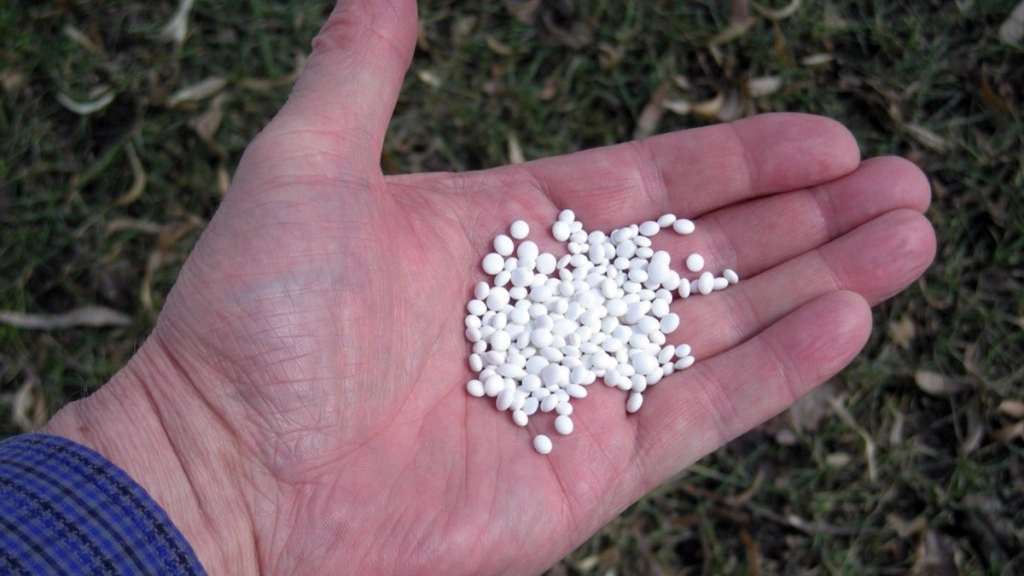HARVESTING MARINE BIOMASS OFFERS NUTRIENT AND CLIMATE BENEFITS — Life cycle analysis (LCA) of seven examples of harvesting cultivated or spontaneous biomass from the sea shows benefits for climate and for eutrophication mitigation, according to a study entitled ‘Marine Biomass for a Circular Blue-Green Bioeconomy? A Life Cycle Perspective on Closing Nitrogen and Phosphorus Land-Marine Loops’. All cases studied by a team of researchers were in the Baltic or Kattegat Seas. Included in the research project were four aquaculture cases — namely of sugar kelp (used for production of fuels or chemicals), blue mussels (for food, at two sites), and ascidians (sea squirts, for food) — and also three cases of spontaneous biomass — namely invasive Pacific oysters (aquaculture of this species is forbidden, but it is harvested for control purposes and then sold as food), common reed and harvest of mixed beach-cast seaweed. LCA analysis show that the emissions of CO2-equiv and of phosphorus to water related to harvesting and supply chain activities are low, compared to nitrogen, phosphorus and carbon contained in the harvested biomass, so that all seven cases contributed positively to mitigation of eutrophication and to net climate emissions reduction, as well as bringing benefits such as improved water quality and clean seafronts. Discussions with stakeholders, who noted the challenges posed by complex and outdated regulatory landscapes, underlined the need to improve science evidence of benefits of such blue-green economy activities, which are often locally specific, in order to support discussions with policy makers and investors.
PHOSPHORUS-FOOTPRINT FOR URBAN DIETS —- The phosphorus footprint, using Brüssels Capital Region as a case study, is calculated as (average) 7.7 kgP/person/year, that is ten times higher than the actual food intake of 0.7 kgP/year (1.9 gP/day). The study entitled ‘A Resource-Based Phosphorus Footprint for Urban Diets’ is based on estimated consumption of 19 different food groups, derived from the Belgian Household Budget Survey 2014, average nutrient content for each food group and estimates of phosphorus-inputs to produce each foodstuff, based on feed consumption I livestock-producing regions and fertilizer use in crop-growing countries compared to food product outputs. 60% of the inputs to food production are from manure and 40% from mineral fertilizer). The study assumes 100% recycling of phosphorus in food waste and sewage sludge. Most of the phosphorus inputs are for livestock production, and a shift to vegetarian or vegan diets would reduce the P-footprint to 4.8 kg/person/year (-40%) or 0.9 kgP/person/year (-90%) respectively. The authors also conclude that consuming only food produced in Belgium would increase the P-footprint because of high manure use in Flanders.
STRUVITE IS EFFECTIVE AS PHOSPHORUS-SOURCE FERTILIZER FOR ALFAALFA — Recovered struvite can improve alfalfa productivity in the field (clay soil, low phosphorus Olsen’s P 2.6, pH 8.1), a study entitled ‘Efficacy of Struvite as a Phosphorus Source for Alfalfa in Organic Cropping Systems” has found. No nitrogen fertilizer was applied (alfalfa is a nitrogen-fixing legume) to simulate Organic Farming. In the 3-year field trial, struvite increased forage shoot growth biomass and shoot phosphorus concentration, with increased effect in the second and third years, despite application of struvite only in the first year. Fertilizer phosphorus-recovery was about 26% after three years. Pot trials were also carried out with alfalfa, comparing struvite to mono ammonium phosphate (MAP) in soil with Olsen’s P 10 pH 7.1 and Olsen’s P 6 pH 8.0. In the pot trials, alfalfa response to both struvite and MAP only showed at the highest application rate in the neutral soil (in this case, struvite gave similar results to MAP) and not at all in the alkaline soil, suggesting that alfalfa had sufficient phosphorus available in these soils. The authors conclude that recovered struvite is an effective phosphorus source for Organically grown alfalfa and so could help alleviate phosphorus deficits in Organic Farm systems reliant on biological nitrogen fixation. Alfalfa, also known as lucerne or Medicago sativa, is a plant that has been grown as feed for livestock for hundreds of years. Besides consuming it as a supplement, humans eat alfalfa in the form of sprouted seeds, found in the produce section of most grocery stores.




